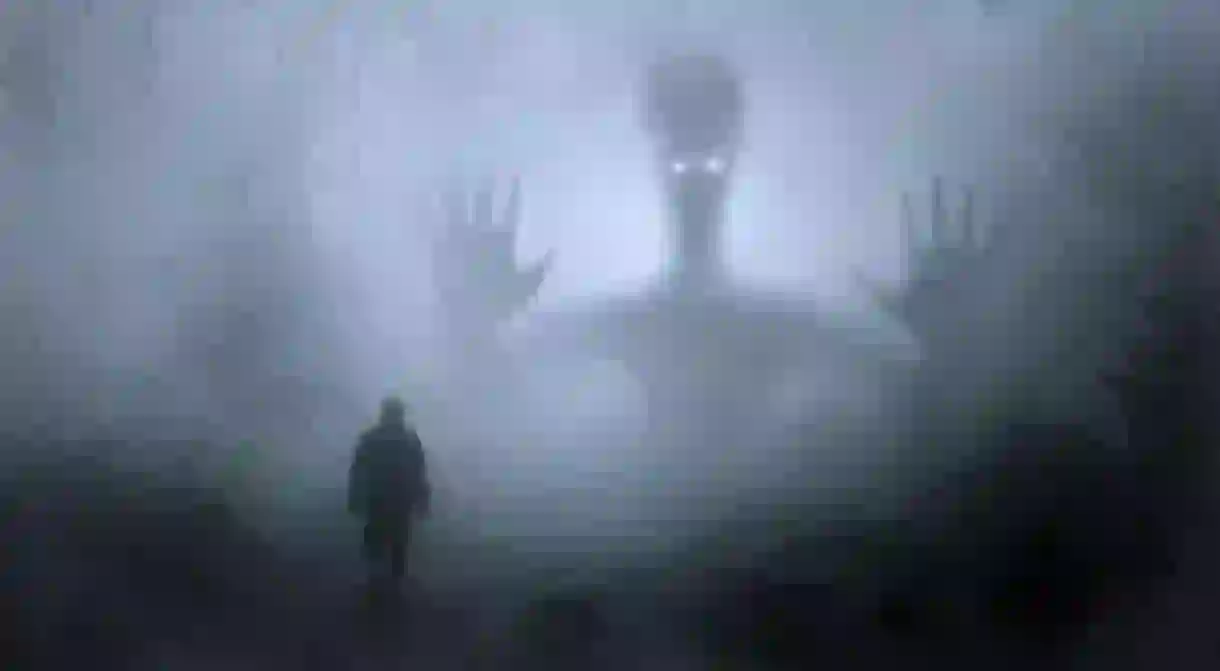The Top 5 Most Haunted Places in Cambodia

By nature, Cambodians are superstitious and take great measures to ensure the tortured spirits of the dead trapped on Earth are kept at bay. Here, we look at practises carried out regularly by Cambodians and the country’s most haunted spots.
Evidence of Cambodians’ staunch belief in ghosts lurks around every corner. Spirit houses guard the entrances of businesses and homes and are regularly packed with offerings of food and drink to deter any unwanted ghosts from coming inside. Spirits often appear in Khmer folklore tales, horror films dominate the cinemas and there is a genuine fear of places deemed to be haunted.
Then there’s Pchum Ben, one of the country’s major holidays and a time when it’s believed ghosts from the last seven generations unable to pass onto the next life return to earth for seven days. Hungry, they roam the land searching for food, tortured by their pinhole mouths that are unfit for stuffing the face.
With Buddhist beliefs running strong through the country, it is also thought that those who died violent deaths or lived a sinful life are unable to pass onto their next life and left to haunt the land of the living. Taking into account the devastation caused by the genocidal Khmer Rouge regime, there are many souls wondering the country.
This deep-rooted superstition and belief in sorcery can also prove deadly. In 2014, a man was hacked to death by his neighbours, who thought he was practising black magic. The same year, three people allegedly murdered a woman accused of practising sorcery.
Whether you believe in ghosts or not, here are five of the spookiest spots in Cambodia.
Tuol Sleng Genocide Museum
Museum

Choeung Ek Genocidal Center
Memorial

Bokor Mountain, Kampot
Casino, Church, Hill Station

Ghost House
Kampong Cham’s infamous Ghost House on National Road 5 has a chilling backstory, which put it at the centre of a Khmer horror film detailing the haunted house’s history. According to local legend, a young couple moved into the newly-built house. A ghost came to them in a dream and offered to buy the house for $3,000 worth of gold. They agreed and in the morning found the gold outside their door but, despite warnings from the ghost, the couple refused to move out and woke up one day in a nearby field with their belongings around them. It has remained empty ever since, and mysteriously without any dust inside. Superstitious Cambodians will pray when they pass the house or leave offerings at the entrance. In 2005, The Haunted House was released in cinemas, shot at the location. The cast and crew held Buddhist prayers before filming to ask any spirits to leave the house while they were there.
Independence Hotel
Many locals believe this hotel in Sihanoukville is haunted. Built in 1964, it quickly became popular with the rich and famous. However, it shut its doors in the mid-1970s and became a base for Khmer Rouge soldiers. According to unproven myths, the swimming pool was used to hold prisoners, with mass executions taking place at the hotel. It was left to fall into dilapidation, reopening in 1982 and going onto be a hangout for UNTAC troops during the early 1990s. It was closed in 1999, underwent a radical revamp and started welcoming guests again in 2007. Many have reported sightings of ghosts during their stay. Today, it stands as the upmarket Independence Hotel by DARA.













